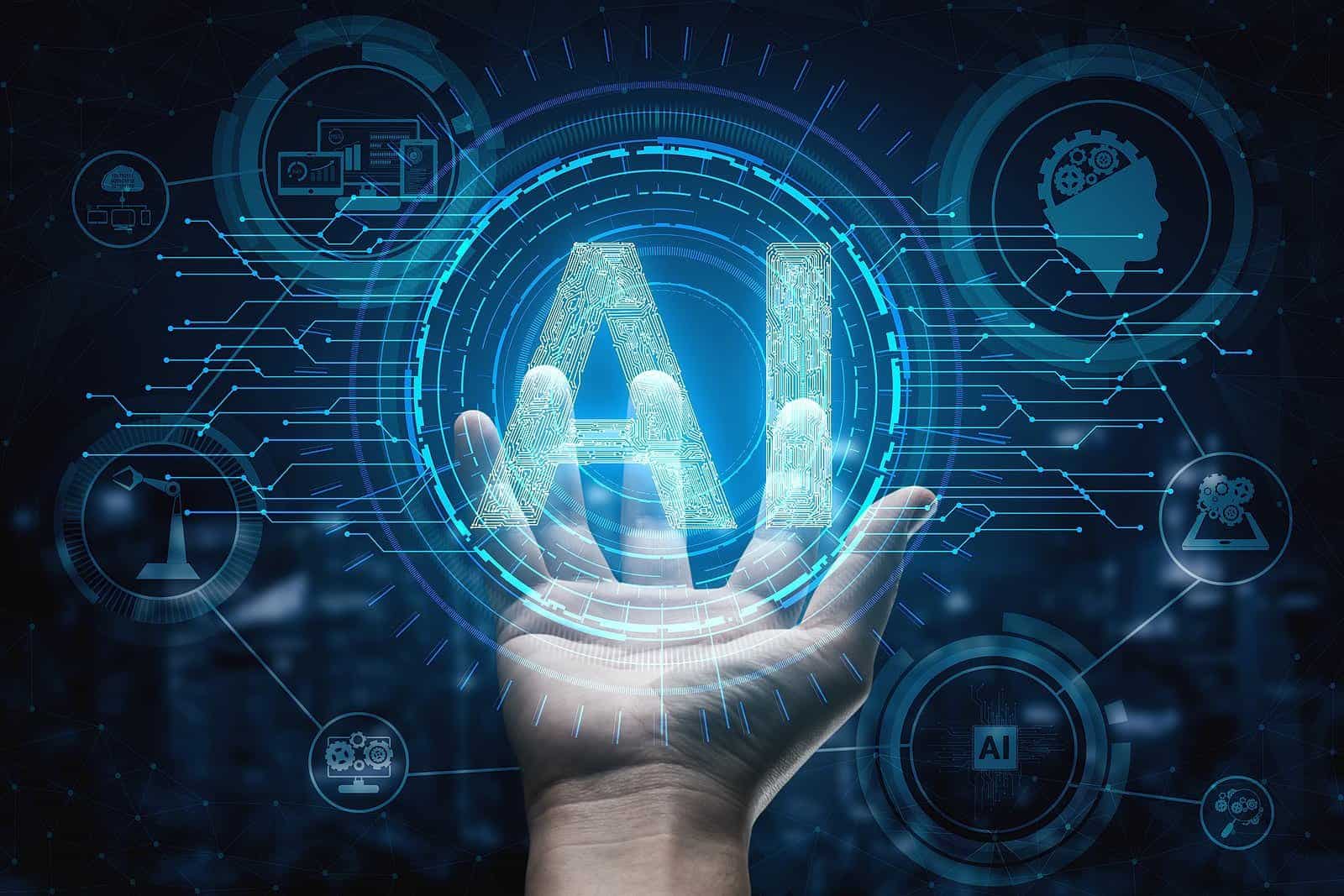Safeguarding the Digital Frontier: Protecting Against AI Threats in Cybersecurity
02 June
As artificial intelligence (AI) continues to transform the digital landscape, it brings both immense opportunities and significant threats—especially within the realm of cybersecurity. While AI can strengthen defences through automation, threat detection, and rapid response, it also arms cybercriminals with new, sophisticated tools to exploit vulnerabilities at scale. Organisations must adapt to this double-edged sword by developing proactive strategies to protect against AI-driven threats.
The Rise of AI in Cyber Threats
AI is no longer confined to research labs or niche applications. Today, it is embedded in malware that learns to avoid detection, phishing scams that generate hyper-personalised messages, and botnets that coordinate devastating attacks with minimal human oversight. The most notable threats include:
-
AI-Powered Phishing: Machine learning algorithms craft convincing messages that mimic human tone and behaviour, increasing the likelihood of user engagement and successful data breaches.
-
Deepfakes and Synthetic Media: Audio and video forgeries can be used for social engineering, identity theft, or disinformation campaigns.
-
Adversarial Attacks: Cybercriminals exploit weaknesses in AI systems themselves, feeding them misleading data to cause malfunction or misclassification.
-
Automated Hacking Tools: AI is used to scan networks, identify vulnerabilities, and deploy exploits faster than traditional human-led approaches.
Defensive Strategies Against AI Threats
To counter these challenges, cybersecurity frameworks must evolve. Here are key strategies organisations can employ:
1. AI-Augmented Security Tools
Leverage AI to fight AI. Defensive AI systems can monitor vast networks in real time, detect anomalies, and automatically respond to suspicious activity. Behavioural analytics, for instance, can flag deviations from normal user activity, helping identify compromised accounts or insider threats.
2. Robust Data Governance
AI relies heavily on data. Ensuring the integrity, privacy, and accuracy of your organisation’s data is crucial. This includes using encryption, securing data pipelines, and maintaining strict access controls to prevent data poisoning or leaks.
3. Cybersecurity Awareness and Training
Humans remain a critical vulnerability. Educating employees about AI-driven phishing scams, deepfakes, and social engineering tactics can help reduce the risk of successful attacks. Regular training sessions, simulations, and phishing drills are essential.
4. Red Teaming and Adversarial Testing
Organisations should conduct regular penetration testing and simulate AI-based attacks to understand their systems’ vulnerabilities. This can include testing how resilient AI models are to adversarial inputs.
5. Ethical AI and Transparency
Building AI systems with explainability and fairness in mind helps prevent exploitation. Transparent algorithms and clear documentation of AI behaviour improve auditability and reduce the risk of unintended misuse.
The Role of Regulation and Collaboration
Governments and regulatory bodies are beginning to respond to AI’s impact on cybersecurity. Initiatives such as the EU’s AI Act and the UK’s National AI Strategy aim to create frameworks for responsible use. However, regulation must be complemented by collaboration between public and private sectors, as well as international cooperation, to effectively tackle cross-border threats.
Looking Ahead
AI’s integration into both attack and defence paradigms is inevitable. To stay ahead, cybersecurity must become smarter, faster, and more adaptable. By investing in AI-resistant infrastructure, upskilling staff, and embracing ethical innovation, organisations can defend their digital assets against a rapidly evolving threat landscape.
Cybersecurity plays a vital role in preventing AI-based attacks by using advanced tools and strategies to detect and respond to evolving threats. AI-powered threat detection systems can identify unusual patterns and anomalies in real time, helping to spot attacks that traditional methods might miss. Behavioral analysis helps detect AI-driven intrusions that mimic legitimate activity. Cybersecurity also relies on threat intelligence and automated responses to counteract AI-generated malware and phishing. Strong authentication methods, including biometrics and multi-factor systems, prevent unauthorized access. Additionally, defenses against adversarial AI techniques are being developed to stop attackers from manipulating machine learning models. Continuous monitoring and automated patching further reduce vulnerabilities before they can be exploited. By integrating AI into cybersecurity defenses, organizations can match the speed and adaptability of AI-based threats, making it harder for attackers to succeed. This proactive approach is essential for staying ahead in an increasingly AI-driven threat landscape.
AI is not just a tool of attackers—it is also our strongest ally. The key lies in harnessing it responsibly, ethically, and strategically.
